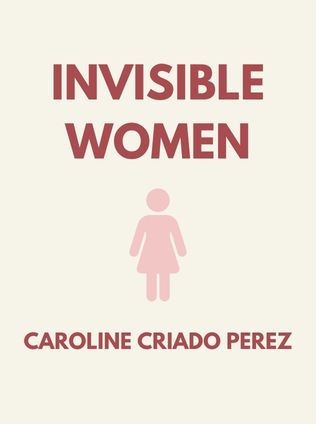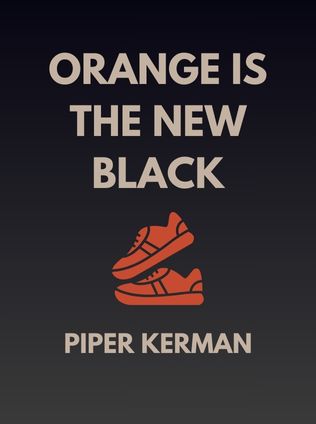
Microtrends
The Small Forces Behind Tomorrow's Big Changes
By Mark Penn
Published 06/2009
About the Author
Mark J. Penn, a renowned pollster and strategist, has been instrumental in shaping political and corporate landscapes through his keen understanding of societal trends. Dubbed "the most powerful man in Washington you've never heard of" by The Washington Post, Penn's influence spans advising U.S. political figures like President Bill Clinton and Senator Hillary Clinton, as well as numerous Fortune 500 companies and international leaders. He currently serves as the CEO of Burson-Marsteller. His co-author, E. Kinney Zalesne, brings her extensive experience as a White House Fellow and a key figure in national social-change organizations, adding depth and breadth to the analysis in "Microtrends."
Main Idea
In "Microtrends: The Small Forces Behind Tomorrow's Big Changes," Mark J. Penn explores the concept of microtrends—small, intense identity groups that are shaping the future in significant yet often overlooked ways. Penn argues that while past trend-spotters focused on large, sweeping changes, today’s influential trends are more granular and counterintuitive. By examining these microtrends, Penn reveals how they are transforming society across various domains, from technology and politics to health and lifestyle.
Table of Contents
- Introduction: The Era of Unlimited Choice
- Love, Sex, and Relationships
- Work Life
- Race and Religion
- Health and Wellness
- Family Life
- Politics
- Teens
- Food, Drink, and Diet
- Lifestyle
- Money and Class
- Looks and Fashion
- Technology
- Leisure and Entertainment
- Education
- International Trends
Introduction: The Era of Unlimited Choice
Mark J. Penn begins his exploration of microtrends by describing a modern America defined by an "explosion of choice." This era, characterized by an unprecedented variety of options in every aspect of life—from consumer goods to personal identities—marks a significant departure from the one-size-fits-all mentality of previous generations. Penn uses the example of Starbucks versus the Ford Motor Company to illustrate this shift. While Ford's early 1900s business model offered cars in any color "as long as it was black," Starbucks thrives by providing a seemingly infinite array of coffee combinations. This abundance of choice, Penn argues, is not just a consumer preference but a fundamental driver of modern trends.
Penn asserts that the proliferation of choices complicates trend-spotting. More choices create more subgroups, each with specific needs and wants, making it challenging to identify significant trends using traditional methods. Instead, Penn advises focusing on smaller, more intense groups—microtrends—that, despite their size, wield considerable influence. He contends that these microtrends, often hidden from mainstream observation, are the true catalysts of societal change.
"Society is changing in ways that few are really appreciating or understanding." — Mark J. Penn
The Concept of Microtrends
Penn defines a microtrend as an "intense identity group that is growing and has needs and wants unmet by the current crop of companies, marketers, policymakers, and others who influence society's behavior." These microtrends, he argues, do not need to reach a tipping point to exert significant influence. Instead, even small groups, representing as little as 1% of the population, can drive major societal shifts. Given that 1% of the American population equates to around 3 million people, the impact of these groups can be substantial.
The book delves into 75 such microtrends, organized into 15 broad categories. Penn's meticulous analysis of each trend, supported by statistical data and real-world examples, provides a comprehensive understanding of how these small forces are shaping the future.
Love, Sex, and Relationships
The first category Penn explores is "Love, Sex, and Relationships." He examines how changing societal norms and increasing individual choices are redefining traditional relationships. One notable microtrend in this category is the rise of "Office Romancers," individuals who engage in romantic relationships with their colleagues.
Office Romancers
Between 2003 and 2006, there was a 13% increase in office romances. Penn attributes this to the closing gender gap in the workplace and the growing number of single employees. The implications of this trend are multifaceted:
- Employers may need to revise HR policies to address potential conflicts of interest and maintain a professional environment.
- Office romances can lead to increased job satisfaction and productivity if managed properly.
- The blending of personal and professional lives might result in more married couples working in the same profession, potentially influencing hiring practices.
Penn argues that while this trend may seem minor compared to larger societal shifts, its impact on workplace dynamics and personal relationships is profound.
"The rise of office romances is a perfect example of how microtrends can quietly but significantly reshape our daily lives." — Mark J. Penn
Work Life
In the "Work Life" category, Penn explores trends that are transforming how people approach their careers. One such trend is the increasing number of "Working Retired" individuals who choose to remain in the workforce beyond traditional retirement age.
Working Retired
Penn highlights that more retirees are continuing to work, driven by financial necessity, a desire to stay active, or the enjoyment of their careers. This trend has several implications:
Sign up for FREE and get access to 1,400+ books summaries.
You May Also Like
Freakonomics
A Rogue Economist Explores the Hidden Side of Everything
By Steven D. Levitt and Stephen J. DubnerI Am Malala
The Story of the Girl Who Stood Up for Education and Was Shot by the Taliban
By Malala YousafzaiThe Lean Startup
How Today's Entrepreneurs Use Continuous Innovation to Create Radically Successful Businesses
By Eric Ries



















